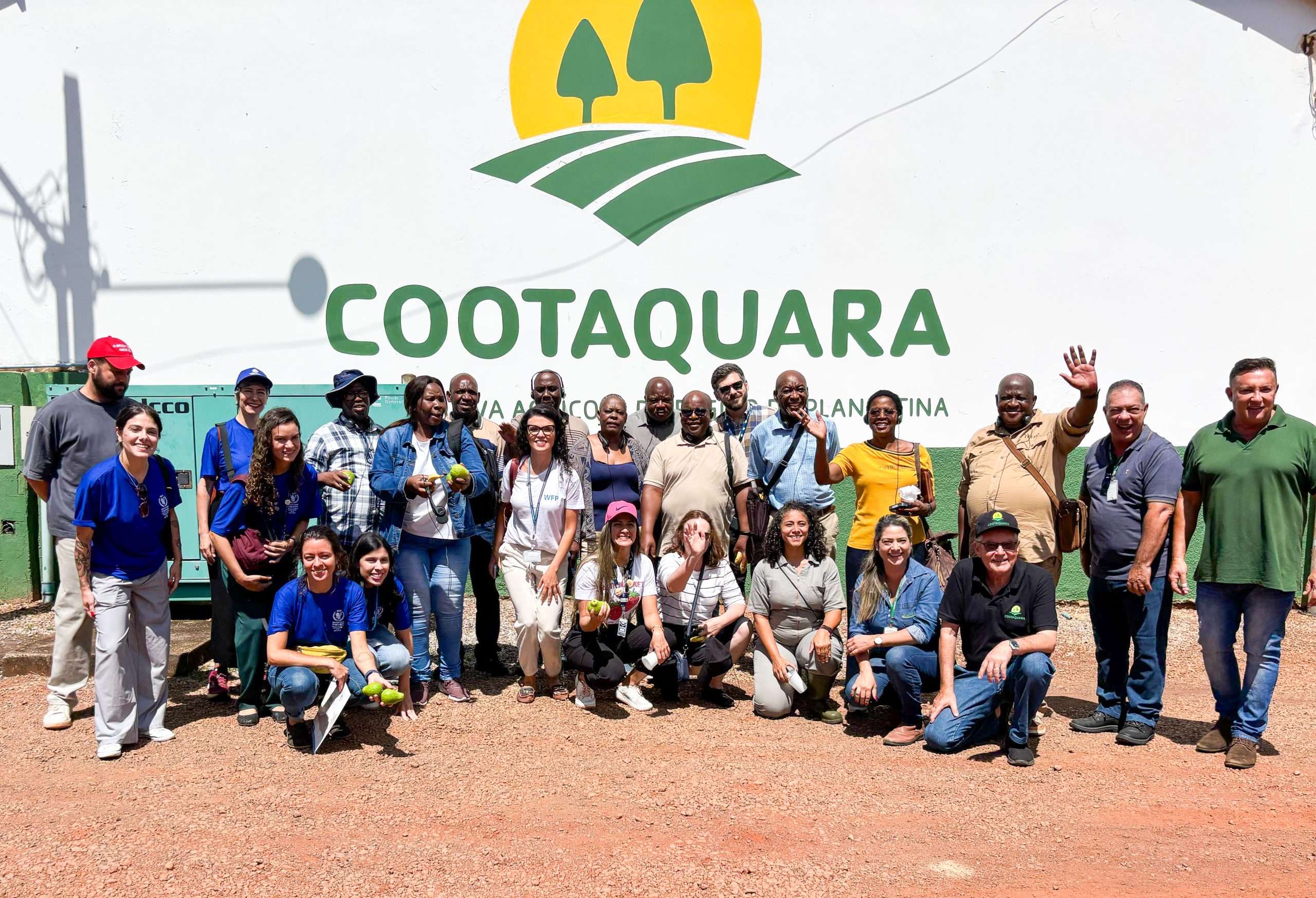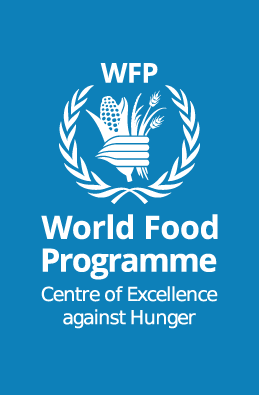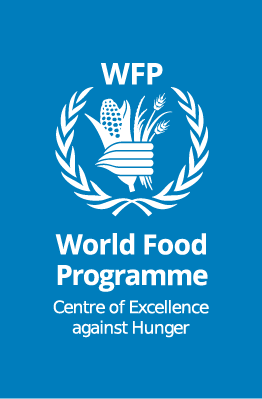
During the week of March 17-21, a delegation of 11 government representatives from South Africa was in Brazil to learn about and share aspects of family farming purchases for school meals, with a focus on food safety, the frequency of supplies and the multi-sectoral operation of the National School Feeding Program (PNAE).
One of the country’s challenges is to strengthen and expand the capacity of local farmers, encouraging the creation of cooperatives and providing training so that they can produce according to the needs of the schools.
“Production capacity is one of our challenges. For example, a local producer who harvests a good quantity of potatoes one year doesn’t have the same production the next. So, there is discontinuity in supply,” said Mpho Putu, deputy director of the Department of Social Development.
On the first day of the visit, the delegation learned about general aspects of how the FNDE works, presented by the general coordinator of the National School Feeding Program, Karine dos Santos. “School feeding works thanks to the joint work of various bodies in the areas of education, health, agriculture, and control bodies to oversee the proper execution of resources,” she said.
The director of the WFP Centre of Excellence against Hunger in Brazil, Daniel Balaban, pointed out that South Africa has one of the best school feeding programs on the continent and, like Brazil, has its challenges. “I strongly believe that if we cooperate, we will develop much more and promote improvements in both countries,” he said during the opening of the technical visit.
Cleison Duval, president of the Institute for Technical and Rural Assistance (EMATER), stressed the importance of partnerships so that family farming reaches schools. “The joint work of the rural extension programs with the education department means that fruit, vegetables and roots are supplied by family farmers to schools. But these purchases strengthen the economy, because this demand allows the farmer to buy seeds, fertilizers, equipment, turning the state’s economy around,” he said.
Aspects such as monitoring mechanisms and food safety and quality control measures were covered during the visit, as well as public policies and programs to strengthen family farming, the step-by-step purchasing process, and the guidelines for drawing up menus.
The agenda included a visit to the Taquara Cooperative, in Planaltina, where they were able to see for themselves how the logistics of producing and distributing fresh food for the PNAE works, followed by a visit to the Monjolo Class School, where everyone was able to interact with the children and taste the menu served for school meals, with rice, black beans, fish in white sauce, pumpkin puree and coleslaw. The delegation then visited Laticínios Araguaia, which supplies mozzarella and butter to 700 schools in the Federal District.
The technical visit was organized by the WFP Centre of Excellence against Hunger in Brazil, carried out under the South-South cooperation of the National Education Development Fund (FNDE) and the Brazilian Cooperation Agency (ABC), with the support of the Ministry of Agrarian Development and Family Agriculture (MDA), Ministry of Social Development and Fight against Hunger (MDS), Federal District Government (GDF), Technical Assistance and Rural Extension Company (Emater-DF), Brazilian Supply Company (Conab), and the National Health Surveillance Agency (Anvisa).




